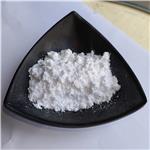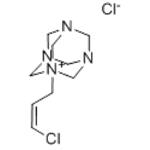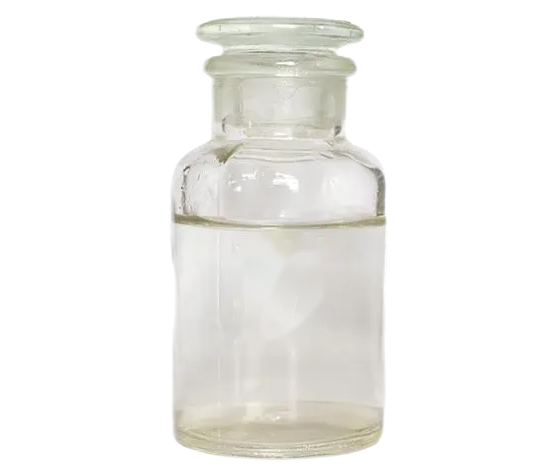A formaldehyde releasing agent: Quaternium-15
Description
Quaternium-15 (Q15) is a quaternary ammonium salt derived from hexamethylenetetramine. It is a quaternary ammonium compound that releases formaldehyde. It has a molecular formula of C9H16C12N4. The arrangement of functional groups is distributed and accordingly classified as cis and trans isomers. It is a cream-colored powder with a pungent odor. It is readily soluble in water and practically insoluble in mineral oil[1].
Uses

Quaternium-15 is an antibacterial preservative in cosmetics and is stable under ambient conditions. It is used in a variety of wash-with and leave-on beauty products. Q15 is also used in soaps, shampoos, and industrial products such as wax, paint, and ink. However, it is a formaldehyde-releasing agent that is found in various cosmetics. It may be dangerous for beauty technicians, constantly exposed to this compound for a long time. Hence, the permitted maximum range is 0.2% in personal care products.
Safety
Caterina Faggio et al. studied the effect of quaternium-15 in Mytillus Galloprovincialis, a marine invertebrate[2]. This study ascertained that the chemical compound, while used in 0.1 and 1 mg/l concentrations, threatens the immune and antioxidant systems in the bioindicator Mytillus Galloprovincialis. The exposure of fragrance mix that contains quaternium-15 vapor and other vapors is studied by Xiaomin et al. and the occurrences of positive test results of allergic reactions were up to 67.3% in adults. Moreover, it imposes undesirable effects on our biosystem through the day-to-day products. The amount of Q15 varies according to the product. For example, a protein-free shampoo with 0.1% quaternium-15 releases formaldehyde up to 482 ppm, and a lesser amount is released in proteinated shampoo up to 122 ppm as protein forms complexes with released formaldehyde. Q15 renders significant damage to the skin, such as allergic contact dermatitis.
Genotoxicity
Quaternium-15 was evaluated for mutagenic activity in an Ames test using 5 strains of Salmonella typhimurium(TA98, TA100, TA1535, TA1537, and TA1538). Quaternium-15 was not mutagenic in concentrations of 25 to 500mg per plate with or without metabolic activation. The genotoxic activity of Quaternium-15 was evaluated in rat hepatocyte unscheduled DNA synthesis assay. Quaternium-15 (4*10–8 to 2*10–1M) and tritiated thymidine were added to primary cultures of hepatocytes isolated from male CDFFischer 344 rats. Incorporation of tritiated thymidine into nuclei as visualized by autoradiography would indicate unscheduled DNA synthesis. Quaternium-15 was toxic to the hepatocyte cultures at 4*10–4M concentrations and greater. No DNA synthesis was observed in any other test con-centration of Quaternium-15, which indicated a lack of genotoxic activity under the test conditions.
References
[1] Lillian C Becker. “Final report of the amended safety assessment of Quaternium-15 as used in cosmetics.” International Journal of Toxicology 29 3 Suppl (2010): 98S-114S.
[2] J. Princy Maria. “Diethanolamine and quaternium-15 interaction studies on antimonene nanosheet based on first-principles studies.” Computational and Theoretical Chemistry 1157 (2019): Pages 19-27.
You may like
Lastest Price from Quaternium-15 manufacturers

US $0.00-0.00/KG2025-04-21
- CAS:
- 51229-78-8
- Min. Order:
- 1KG
- Purity:
- 99%
- Supply Ability:
- 20 mt

US $5.00-0.10/KG2024-03-27
- CAS:
- 51229-78-8
- Min. Order:
- 1KG
- Purity:
- 98%
- Supply Ability:
- g-kg-tons, free sample is available


